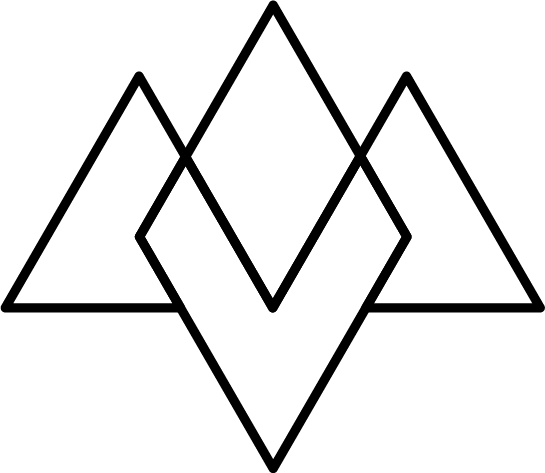First Camera Buying Guide - Spring 2014
Half the fun of photography is all the cool gear.
So you want a shiny new camera?
Admittedly there are a lot to choose from, how do you pick what you need and what will last?
Here are a few steps to help you figure out what you need.
Step 1: Ask Yourself
Decide what you want to shoot.
Are you just looking for something to use for family events? Or are you looking to grow photography into a hobby?
If you're just looking for something to put on Instagram or take the occasional selfie, a smartphone is probably all you need.
However you’re here because you want to expand beyond the point and shoot. So what are your options? There are:
DSLR (Digital Single Lens Reflex)
Mirrorless Interchangeable lens cameras
Point and Shoots (or mirrorless non-interchangeable lens cameras)
Point and shoots are different beasts from the other two, and are currently going through rapid changes as they compete with the smartphone market so we will leave them to another post and focus on Mirrorless cameras and DSLRs.
Mirrorless cameras get their name from (you guessed it) the lack of a mirror that flips the image up to a viewfinder. This saves weight and space, but they still retain the ability to change lenses like DSLRs by using the LCD on the back or an electronic viewfinder to compose the image. They come in all ranges of price, but you'll find they lack a bit in lens choices or accessories. Choose a mirrorless system if size and style of your camera is very important to you and you are okay with a limited ability to expand.
DSLRs are the industry standard and probably the one you most likely imagine when you think of a 'pro' camera. They are usually bigger, heavier, and better built than other camera types. The two main DSLR brands, Nikon and Canon, have some of the best lenses available and huge access to accessories and software. A starter DSLR is my biggest recommendation for new enthusiast photographers. Stick to Nikon or Canon, they have the best opportunity for you to grow with your gear later on.
So now that you've decided what kind of camera system you want, on to the next step.
Step 2: Budget
There are two main expenses you need to save for when buying a camera.
The camera body
Lenses(Glass)
The biggest tip I can give at this point is to focus on lenses, not the camera body!
Your lenses are an investment, they will last long after your body is relevant if you get good glass, I would even recommend at least spending as much money on lenses as you do the camera body when you start.
"But most cameras come with lenses?! "
Yes, they do. Most entry DSLRs such as Nikon's D3300 and Canon's Rebel 3Ti come with a small 18-55mm 'kit' lens, and sometimes an extra 55-200mm.
Don't get me wrong, these lenses are good for starting out, but these kit lenses are not going to grow with you. They don't hold their value as well as other lenses, and the quality is really sub-par in comparison to good lenses. So, don't get any extra 'combo lenses' the guy at Best Buy tries to sell you. Get a nifty fifty first.
Step 3: Canon or Nikon?
This mostly is in regards to DSLRs.
Canon and Nikon have the biggest selection of DSLR camera bodies and lenses. They are also the best, but its really hard to consider one better than the other. To make it easy, buy what your friends have. If you know a lot of people with Canon cameras (and Canon lenses you could borrow *wink*) Then buy that. You really can't go wrong with either.
My Recommendation:
If you want my personal choice for a new camera, it would be the Nikon D3300. It has a fantastic sensor, and should be a relevant body for a few years. Along with that, I recommend a 35mm f/1.8 G lens. This is a relatively cheap prime lens and my first non-kit lens. Its great to learn on and will hold its value well. This 35mm and D3300 combo will have you taking awesome photos in no time.
I recommend getting your gear at Amazon.com. Links to both items below.
Links:
Nikon D3300

